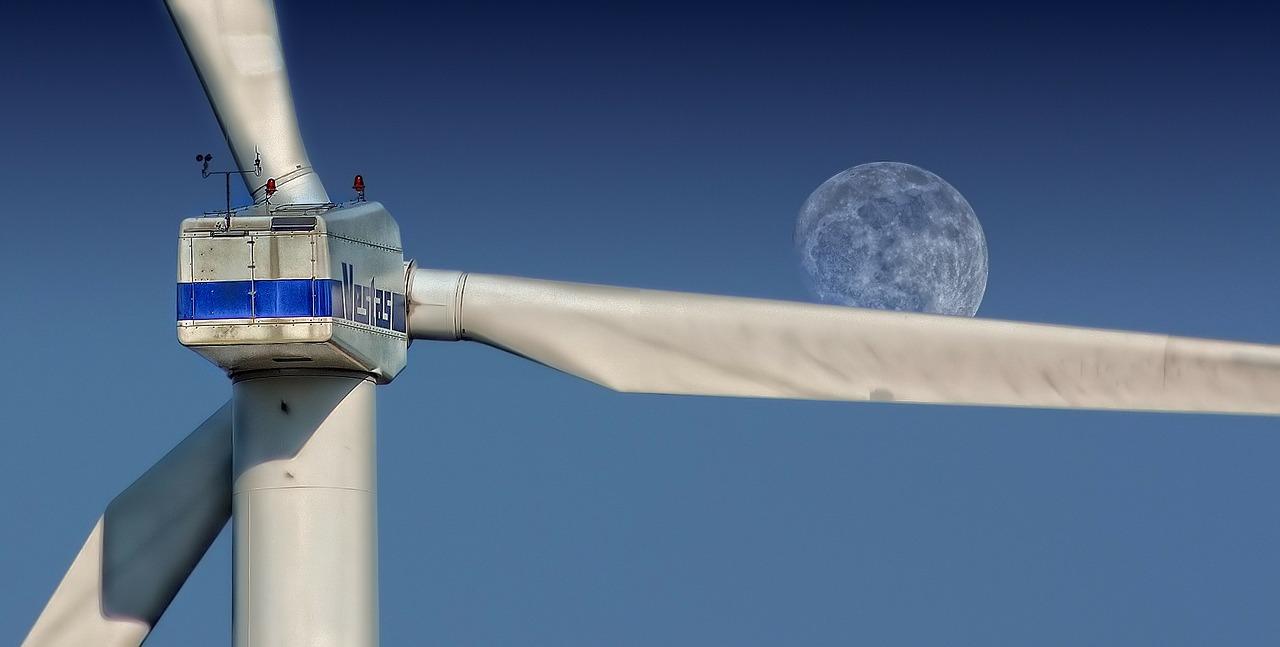
Earlier this month, the Climate Leadership Council, a Washington, D.C.-based policy institute, released a roadmap for reducing carbon dioxide emissions and shifting to a low-carbon economy while avoiding an undue burden on the general populace.
The self-described "broadest climate coalition in U.S. history” enjoys bipartisan support. Among its founding members are energy partners like BP, Shell and ExxonMobil; large corporations such as IBM, AT&T, P&G, JPMorgan Chase and Santander; and NGOs like the World Wildlife Fund and World Resources Institute.
The group's low-carbon roadmap hinges on the Baker Shultz Carbon Dividends Plan, named for its co-authors. The first is James A. Baker III, a former two-time White House chief of staff, who also served as secretary of state and secretary of the treasury in the 1980s and early 1990s. The second is George P. Shultz, whose former posts include secretary of labor, director of the Office of Management and Budget, secretary of the treasury, and secretary of state.
The Council claims that if the plan is deployed next year, it would halve U.S. carbon emissions by 2035, using a 2005 baseline. At the same time, the Council believes its policy suggestion would improve life in America for businesses and people alike, benefiting as many as 70 percent of American families, including those who are the most vulnerable.
World Resources Institute CEO and President Andrew Steer agreed, stating, “A carbon fee and the revenue it creates are a win-win for America’s economy and climate. Strong climate action will create millions of clean energy jobs, give American households a much-needed boost, and position the US as a serious player on the international stage.”
According to the Council, there are four important pillars which will support the Baker Shultz Plan.
First, steadily increase the carbon tax
First, the federal government must impose a carbon fee that steadily increases, while remaining revenue-neutral. The Climate Leadership Council’s roadmap cites consensus among economists that this approach will be the most cost-effective policy solution to push consumers and companies to a low-carbon future.
To achieve this, the Council proposes a fee on all CO2 emissions, to begin at $40 a ton and increasing by 5 percent above inflation every year thereafter. The policy contains a clause that if reduction benchmarks are not met, an “Emissions Assurance Mechanism” would accelerate the fee hikes temporarily.
Redistribute those revenues to the U.S. public
While the tax may initially come off as a burden to the American people, the policy is designed to return 100 percent of net revenue to the public, divided into equal quarterly payments. The Council estimated the average American family of four will receive annual carbon dividends of $2,000, and that’s just in the first year as the U.S. transitions to a low-carbon economy.
In what the Council considers a “positive feedback loop” encouraging further climate protection, dividends will increase as the climate is increasingly protected. The U.S. Department of the Treasury is on record predicting that “the vast majority of American families will receive more in carbon dividends than they pay in increased energy costs.” The Council is banking on this revenue redistribution plan to maintain long-term bipartisan support for the plan.
Streamlining obsolete carbon regulations
Once a carbon fee becomes law, its cost-effectiveness will supercede many existing regulations, according to the Council’s leaders. Thus, as long as the carbon fee remains in place, regulation will be simplified.
The Council posits that this will encourage economic growth, by enabling corporations to innovate and invest in a low-carbon future.
Rebates for exports
Finally, the Council’s plan intends to offer rebates for carbon fees paid on exports to countries who lack similar carbon pricing mechanisms. Such carbon fee adjustments are intended to protect and even strengthen American corporations’ competitiveness and penalize nations who are not doing their part to lower emissions.
The overall goal of this pillar is for America to lead global climate policy by example, especially serving as a model to trade partners such as China and India.
The long road to a low-carbon economy
The Council’s initial polling of 1,991 voters finds the American public in support of this low-carbon economy plan, with 64 percent of voters supporting a carbon fee; 68 percent of voters in support of paying the public quarterly dividends; 62 percent of voters in favor of obsolete regulations; and about two-thirds of voters support the idea of a carbon fee on foreign imports. Further, the Council predicts its measures will result in deeper carbon cuts than the U.S. commitment to the Paris Agreement.
If the American public can be sold on the benefits of receiving a carbon dividend starting in 2021 and continuing far into the future, the Council may have finally unlocked a path to a low-carbon future for the United States.

Greg Heilers writes on green business and sustainability for private clients and top publications. After graduating from university, he had the privilege to learn from opportunities in France, Palestine, Scotland, Guatemala and the USA. Today, he lives in the San Francisco Bay Area, and enjoys any chance he gets to garden or hike.














